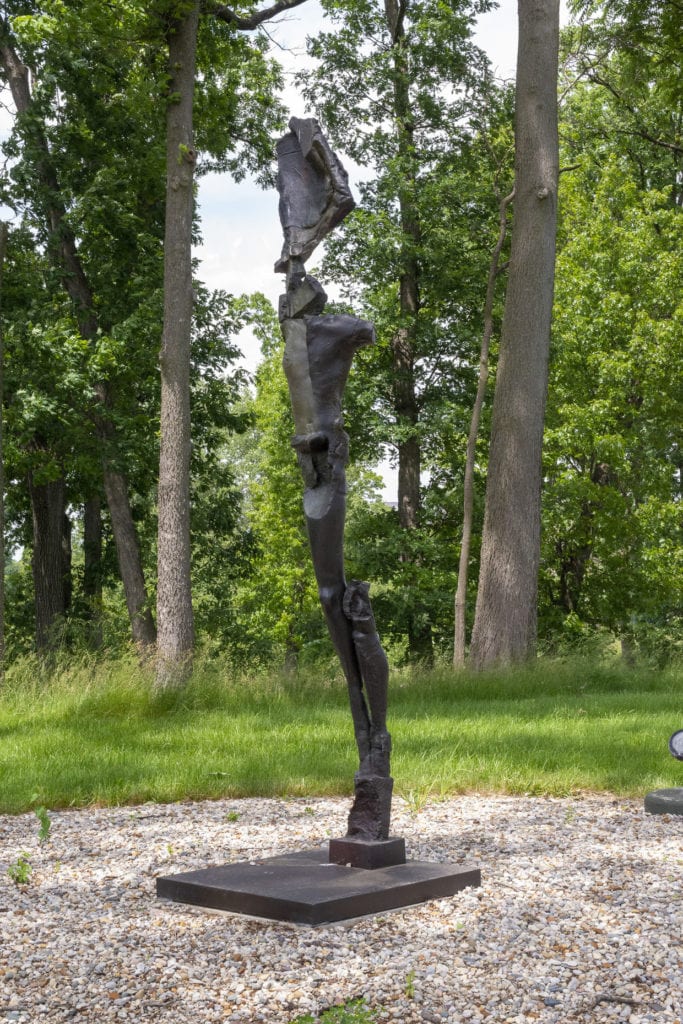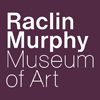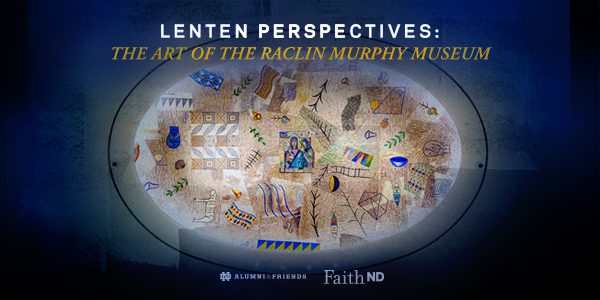Single Winged Figure on Plinth

ABOUT THE ARTWORK
Who made it?

|
Stephen De Staebler was an internationally celebrated American sculptor known for his fragmented figural sculptures created from bronze and clay. Through his sculptures, De Staebler explored the human experience in all of its complex glory. His figures are frozen in an endless cycle of teetering on the verge of collapse while triumphantly rising from the rubble of their existence—an effect magnified by the inherent qualities of his materials. The struggles within his sculptures mirror the reality and experience of humans throughout history.
Reflecting on the human body as a source of endless inspiration, De Staebler said, “The human figure is the most loaded of all forms because we live in one. The figure obsesses not just artists, but human beings. It’s our prison. It’s what gives us life and gives us death.”
|
What’s going on in this work?

|
In this sculpture, a fragmented human form balances on one leg and reaches toward the sky. A smooth torso strains outward as if inhaling deeply while a rough-hewn chunk of bronze explodes from one of the shoulders. The entire form seems to defy gravity while simultaneously being firmly grounded to the earth.
All of De Staebler’s artworks juxtapose the frailty and transience of individual lives against the remarkable resilience of humankind. Their forms are rooted in the history of Western sculpture, memorial steles, and architectural friezes. Classical sculpture’s defiance of absolute decay became De Staebler’s metaphor for humankind’s yearning to connect with eternity. This particular sculpture was fabricated in the artist’s last year and is perhaps De Staebler’s elegy to the time he passed on earth.
|
Take a closer look.

|
Click on the full image of Single Winged Figure on Plinth above to see a larger version of the work. Look closely at the sculpture and use these questions to guide your looking. Share your thoughts with your family at home, with a friend through a virtual conversation, or with us in a response to this email.
Download the Raclin Murphy Museum of Art app to take a virtual walk through the Sculpture Park today! Available for free download in your regular app store.
To receive the collection in your inbox, join the Raclin Murphy Museum’s mailing list.
|

About the Article:
Engage with the Raclin Murphy Museum of Art by exploring their collection through background information and reflection questions. For more information on the collections, please visit the Raclin Murphy Museum of Art website.
Learn MoreApril 2, 2020

